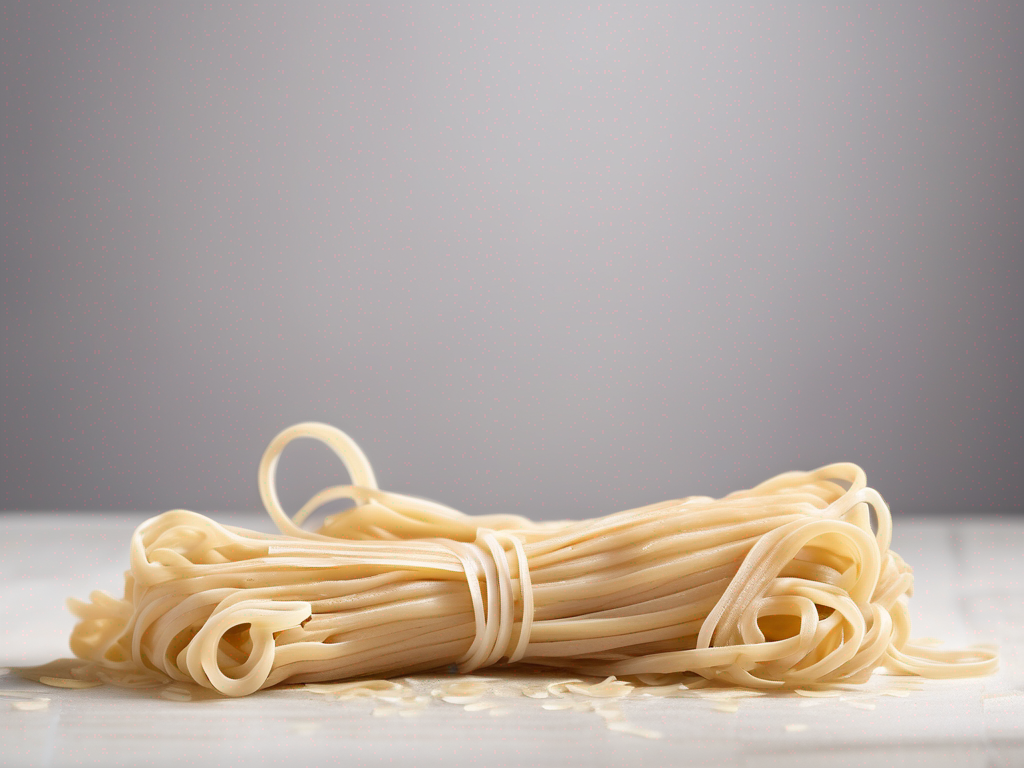
The Ultimate Guide to Properly Storing Dry Linguini
Get Your Free Food Safety Cheat Sheet
30 most common foods with instant answers. Print it and stick it on your fridge—completely free!
The Ultimate Guide to Properly Storing Dry Linguini
Whether you are a pasta enthusiast or just looking to whip up a delicious Italian dish, properly storing dry linguini is key to maintaining its quality and preventing clumping. Linguini, a type of pasta similar to spaghetti but slightly wider, is a versatile ingredient that can be used in a variety of dishes, from classic spaghetti aglio e olio to creamy linguini carbonara. In this comprehensive guide, we will explore the best practices for storing dry linguini to ensure it stays fresh, flavorful, and clump-free. (Dry linguini)
Why Proper Storage Matters
Properly storing dry linguini is essential for several reasons:
- Prevent Clumping: Linguini has a tendency to clump together when exposed to moisture or humidity, which can affect its texture and appearance.
- Maintain Freshness: Storing linguini correctly helps preserve its flavor and texture, ensuring a delicious end result when cooked.
- Prevent Spoilage: Improper storage can lead to the growth of mold or bacteria on the pasta, making it unsafe to consume.
Best Practices for Storing Dry Linguini
To keep your dry linguini in optimal condition, follow these best practices for storage:
1. Choose the Right Container
- Airtight Container: Transfer the dry linguini to an airtight container to protect it from moisture and humidity.
- Opaque Container: Opt for an opaque container to shield the pasta from light, which can cause it to deteriorate faster.
2. Store in a Cool, Dry Place
- Pantry: Ideally, store dry linguini in a cool, dry pantry away from heat sources and direct sunlight.
- Avoid Moisture: Keep the pasta away from areas with high humidity, such as near the stove or sink.
3. Avoid Freezer Storage
- Not Recommended: While some types of pasta can be frozen, dry linguini is best stored at room temperature.
- Texture Concerns: Freezing linguini can affect its texture and lead to clumping when thawed.
4. Proper Sealing Techniques
- Seal Properly: Ensure the container is tightly sealed to prevent air and moisture from entering.
- Use a Ziploc Bag: For added protection, place the sealed container of linguini inside a Ziploc bag.
5. Check for Signs of Spoilage
- Inspect Regularly: Periodically check the dry linguini for any signs of mold, unusual odors, or discoloration.
- Discard if Needed: If the pasta shows any signs of spoilage, discard it immediately to prevent foodborne illness.
Tips for Preventing Clumping
To prevent dry linguini from clumping, consider the following tips:
- Add Salt: Before cooking the linguini, add salt to the boiling water to help prevent sticking.
- Stir Frequently: Stir the pasta in the pot during cooking to prevent it from clumping together.
- Drain Properly: After cooking, drain the linguini promptly and rinse it with cold water to stop the cooking process and prevent sticking.
Conclusion
Properly storing dry linguini is essential for maintaining its quality and ensuring a delicious pasta dish every time. By following the tips outlined in this guide, you can prevent clumping, maintain freshness, and avoid spoilage. Remember to store the linguini in an airtight container in a cool, dry place, and always check for signs of spoilage before cooking. With these simple storage practices, you can enjoy perfect, clump-free linguini whenever the craving strikes.
For more information on dry linguini and other food storage tips, visit [here](/food/dry linguini). Happy cooking! (Dry linguini)
Related Posts
Here are some other articles you might find helpful:
Authoritative Food Safety References
These agencies and university labs inform every tip and health precaution we publish.
USDA FoodKeeper – Cold Storage Guidelines
Official refrigerator, freezer, and pantry timelines maintained by the U.S. Department of Agriculture.
Visit USDA FoodKeeperFDA Produce Safety Rule & Grower Guidance
Field-to-fridge handling practices that prevent contamination of fruits, vegetables, and leafy greens.
Visit FDA Produce SafetyCDC Foodborne Illness Prevention Hub
Surveillance-backed guidance on pathogens, symptoms, and steps to reduce foodborne illness risk.
Visit CDC Food SafetyUC Davis Postharvest Technology Center
University research detailing optimal storage atmospheres for produce after harvest.
Visit UC Davis PostharvestPenn State Extension – Home Food Preservation & Safety
Peer-reviewed extension bulletins on safe canning, chilling, and reheating practices.
Visit Penn State ExtensionGet Your Free Food Safety Cheat Sheet
30 most common foods with instant answers. Print it and stick it on your fridge—completely free! Want more? Upgrade to the complete guide with 70+ foods.
Scan your food directly and get instant safety info using our AI-powered camera feature.